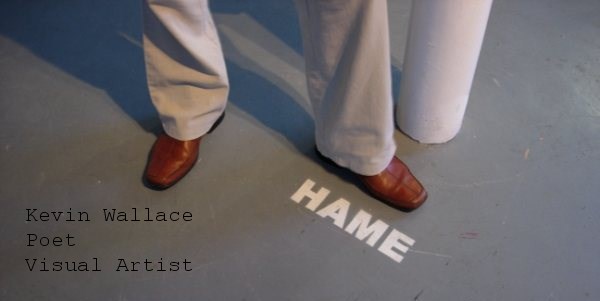The poem was conceived early, but wasn’t completely written until several years later. I first performed this piece in Deptford, London, and have since performed it by invite in Prague and San Francisco, and all over England.
The poem recounts a historical adventure to discover the roots of homelessness in America, from the Civil War to the Great Depression, and a metaphorical journey weaving the folklore of homelessness into the tale of one man’s daily struggle on today's streets. The recurring images of tracks are metaphors for the path we follow to find ourselves, and refer to substance abuse, an unfortunate pattern of some people who are disenfranchised from the rest of society. I also use them as markers for passing time – the rhythm of the train as it clicks and clacks along the tracks - and in recognition of the importance the railroad had on America's growth.
The sketch of that archetypal figure, the Chaplinesque creation, is an intentional reference to our shared imagined history, the folklore of the traveller as tied to the celebrated tramp. However, there is also a present truth. Kerouac’s adventures of hopping freights and wandering minstrels who busk in railway yards mean little to the single mother of 3 with no home and no income; to her the mythology of the road is irrelevant and the global economic crisis a distant factor.


